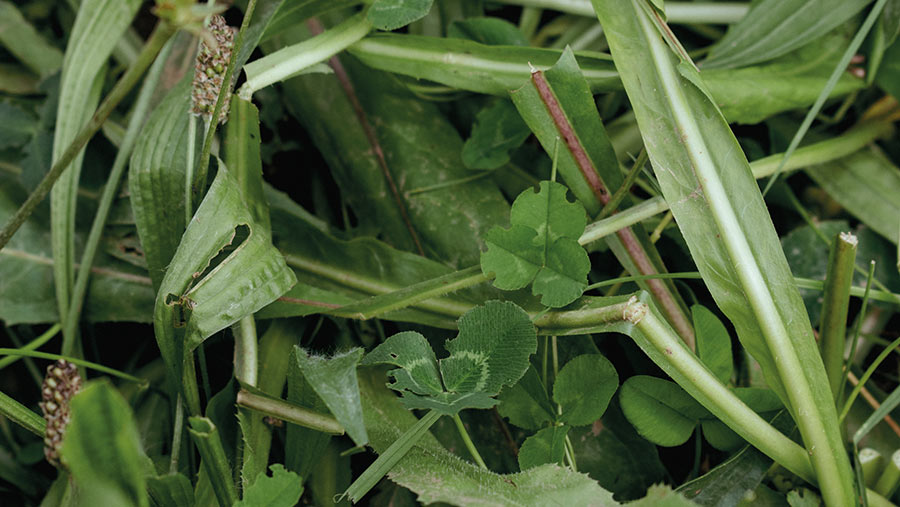Planning For Drier Weather: Tips And Advice

Table of Contents
Water Conservation Strategies for Drier Weather
Conserving water during drier weather is crucial for both your landscape and responsible water usage. Implementing smart irrigation techniques and exploring alternative water sources can significantly reduce your water consumption while maintaining a healthy garden.
Smart Irrigation Techniques
Smart watering practices are key to efficient water usage during dry spells. Avoid wasteful watering habits by adopting these strategies:
- Utilize drip irrigation or soaker hoses: These methods deliver water directly to the roots, minimizing evaporation and runoff, unlike sprinkler systems which lose a significant amount of water to evaporation, especially in hot, dry conditions. Drip irrigation is particularly effective for drier weather conditions.
- Water deeply and less frequently: Encourage deeper root growth by watering less often but more thoroughly. This allows plants to access water deeper in the soil, making them more resilient to drought. Shallow, frequent watering encourages shallow root systems, making plants more vulnerable to dry spells.
- Consider installing a smart irrigation system: These systems monitor weather conditions, soil moisture, and even plant needs to adjust watering schedules automatically, optimizing water usage and preventing overwatering. Smart irrigation is a long-term investment that pays for itself in water savings and a healthier landscape.
- Water during the cooler parts of the day: Early morning or evening watering minimizes evaporation, ensuring more water reaches the roots of your plants. Watering during the heat of the day can lead to significant water loss through evaporation.
Collecting and Utilizing Rainwater
Harnessing rainwater is an excellent way to supplement your watering needs and reduce reliance on municipal water sources during periods of drier weather. Here are some effective techniques:
- Install rain barrels: Rain barrels collect rainwater from your roof for later use in watering your garden. This harvested water is free and helps conserve precious resources.
- Use greywater: Greywater, from showers and sinks (excluding toilet water), can be used to water less-sensitive plants. Proper greywater systems require specific setup and filtration to avoid harming plants.
- Choose drought-tolerant plants: Selecting plants naturally adapted to drier conditions reduces your overall water needs significantly. These plants require less frequent watering and are ideal for water conservation during drier weather.
Protecting Your Landscape During Drier Weather
Beyond water conservation, proactive landscaping practices can significantly enhance your garden's resilience to drier weather. Protecting your existing plants and choosing the right vegetation are vital steps.
Mulching Your Garden
Mulching is a simple yet highly effective technique to retain soil moisture and protect your plants during drier weather.
- Apply a thick layer of mulch: A 2-4 inch layer of mulch around plants helps retain soil moisture, reducing the frequency of watering needed.
- Choose organic mulch: Organic mulches like wood chips or shredded bark also improve soil health and gradually decompose, enriching the soil.
- Avoid plastic mulch: Plastic mulch can trap heat, damaging plant roots, and it doesn't improve soil health.
Choosing Drought-Tolerant Plants
Selecting plants suited to drier conditions is paramount to creating a resilient and low-maintenance landscape.
- Research native plants: Native plants are adapted to your region's climate and require less water than non-native species. They also support local ecosystems.
- Select plants with deep root systems: Plants with deep roots can access groundwater, making them more tolerant to drought.
- Group plants with similar water needs: Grouping plants with similar water requirements allows for more efficient watering and reduces water waste.
Monitoring Soil Moisture
Regularly checking soil moisture helps you water effectively and avoid overwatering.
- Regularly check soil moisture levels: Use a soil moisture meter to determine when watering is necessary. Don't rely on visual cues alone, as the soil might appear dry on the surface but retain moisture deeper down.
- Water only when the soil is dry: Avoid frequent watering unless the soil is dry to the touch a few inches below the surface.
- Avoid overwatering: Overwatering can damage plant roots and create conditions favorable for fungal diseases.
Protecting Your Home from Drier Weather
Drier weather increases the risk of wildfires and can exacerbate existing structural issues in your home. Taking preventative measures is crucial.
Preventing Wildfires
Protecting your home from wildfires involves creating a defensible space and adhering to fire safety regulations.
- Clear dry leaves and brush: Regularly clear dry vegetation from around your home to reduce the risk of fire spread.
- Maintain a defensible space: Create a zone around your home free of flammable materials, according to local fire safety guidelines.
- Follow local fire safety regulations: Stay informed about and comply with your local fire safety regulations and restrictions.
Managing Dry Wood
Dry wood is a fire hazard and can also lead to structural damage. Regular inspections and maintenance are vital.
- Inspect your home for dry wood and cracked siding: Repair any damaged areas promptly to prevent further deterioration and fire risks.
- Repair any leaks: Leaks can lead to water damage, which can weaken the structural integrity of your home, making it more vulnerable during drier weather.
- Check and clean your gutters regularly: Clogged gutters can cause water damage to your roof and foundation.
Conclusion
Planning effectively for drier weather is crucial to protect your property, plants, and family. By implementing the water conservation strategies, landscaping techniques, and home protection measures outlined above, you can significantly mitigate the negative impacts of prolonged dry spells. Remember, proactive planning for drier weather ensures a healthier environment and a more resilient home. Start planning for drier weather today and safeguard your property from the effects of drought! Don't wait until drier weather arrives – prepare your home and garden now for optimal protection and water conservation.

Featured Posts
-
 High Ranking Admiral Sentenced Details Of The Corruption Charges
May 21, 2025
High Ranking Admiral Sentenced Details Of The Corruption Charges
May 21, 2025 -
 Kamerbrief Certificaten Abn Amro Programma Details En Verkoopmogelijkheden
May 21, 2025
Kamerbrief Certificaten Abn Amro Programma Details En Verkoopmogelijkheden
May 21, 2025 -
 Vackert Var Det Inte Men Jacob Friis Era Inleddes Med Bortaseger Mot Malta En Lang Kamp
May 21, 2025
Vackert Var Det Inte Men Jacob Friis Era Inleddes Med Bortaseger Mot Malta En Lang Kamp
May 21, 2025 -
 Iatroi Patras Efimeries Savvatokyriako
May 21, 2025
Iatroi Patras Efimeries Savvatokyriako
May 21, 2025 -
 Navigating The Love Monster Tips For Successful Relationships
May 21, 2025
Navigating The Love Monster Tips For Successful Relationships
May 21, 2025
Latest Posts
-
 The Goldbergs Exploring The Shows Lasting Impact On Television
May 22, 2025
The Goldbergs Exploring The Shows Lasting Impact On Television
May 22, 2025 -
 Slot Confirms Liverpools Fortune Enrique Analyzes Alissons Performance
May 22, 2025
Slot Confirms Liverpools Fortune Enrique Analyzes Alissons Performance
May 22, 2025 -
 The Goldbergs A Nostalgic Look Back At 1980s Family Life
May 22, 2025
The Goldbergs A Nostalgic Look Back At 1980s Family Life
May 22, 2025 -
 Liverpools Luck Arne Slot And Luis Enrique Offer Insights
May 22, 2025
Liverpools Luck Arne Slot And Luis Enrique Offer Insights
May 22, 2025 -
 Arne Slot Admits Liverpool Fortune Luis Enrique Weighs In On Alisson
May 22, 2025
Arne Slot Admits Liverpool Fortune Luis Enrique Weighs In On Alisson
May 22, 2025
